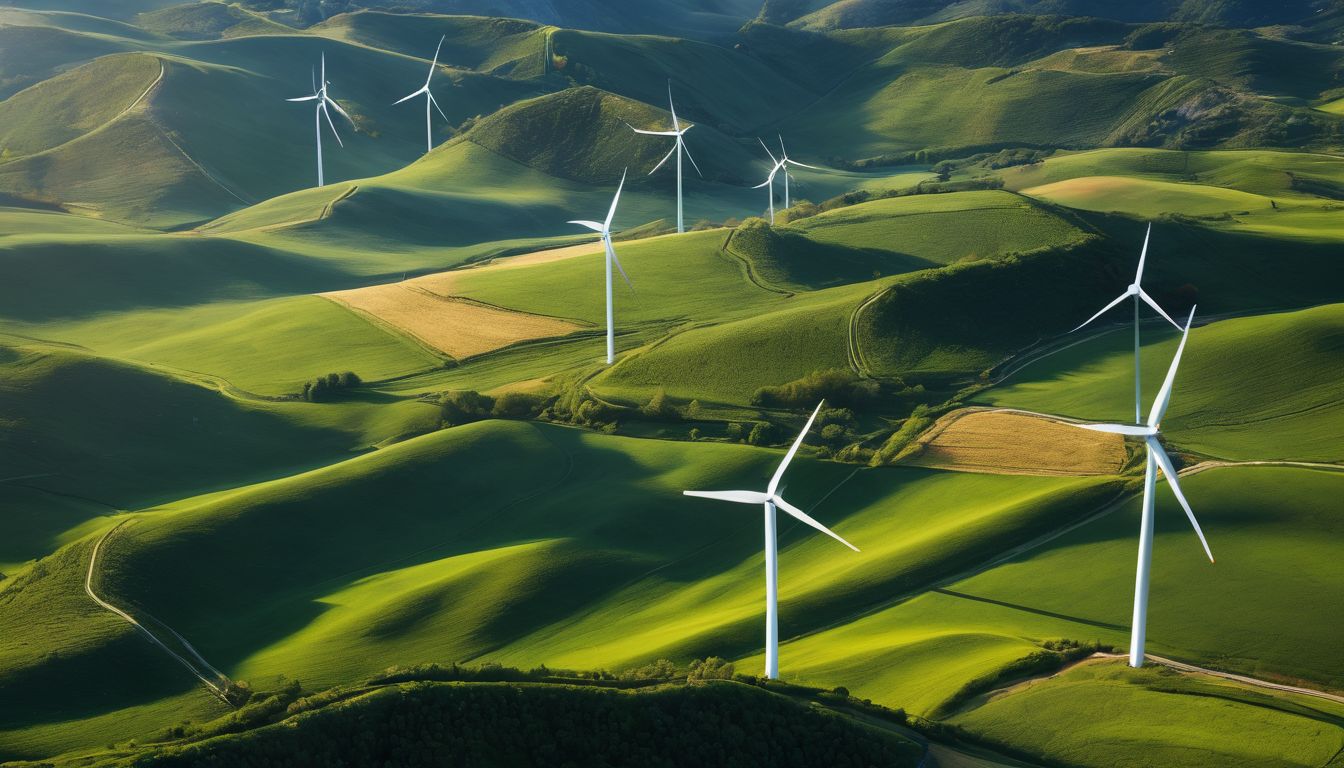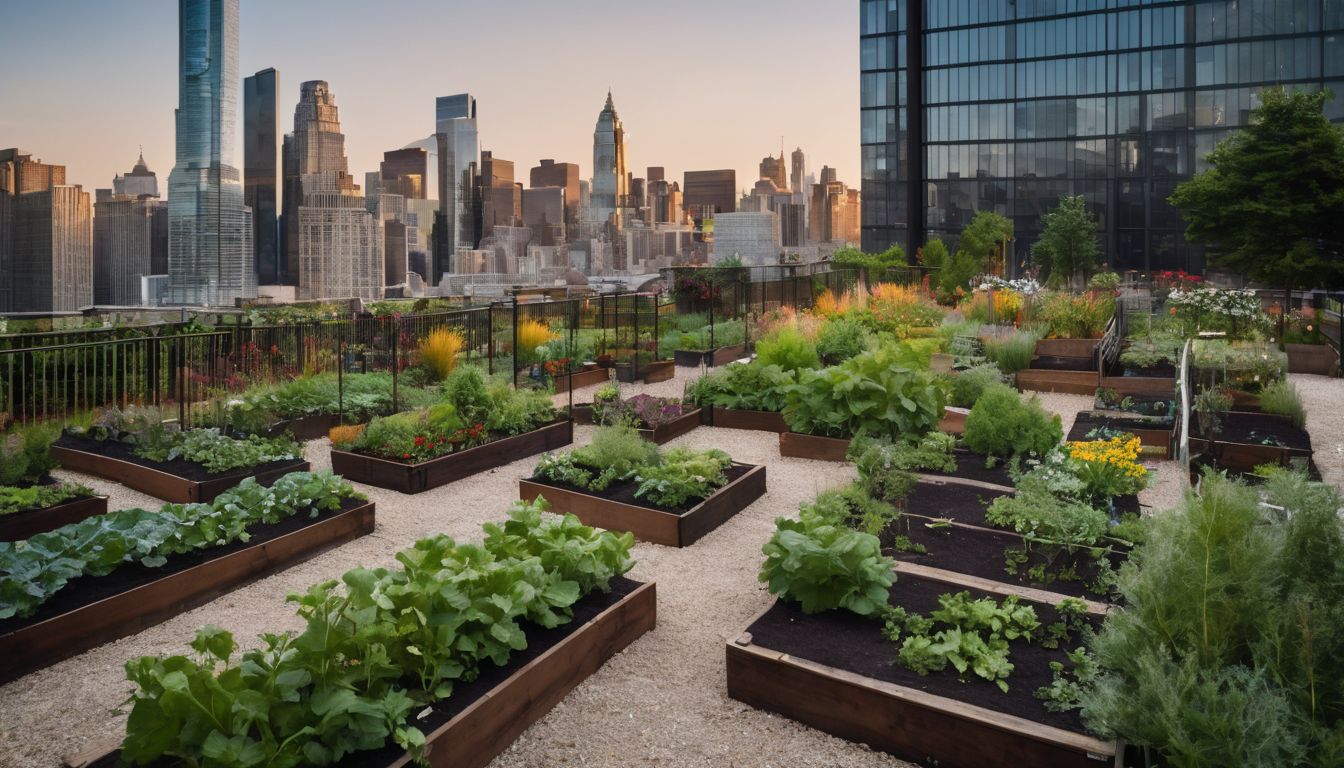How about starting a waste diversion program at your work or school? Greeniacs recently published a guide to community recycling that provides a great overview of aspects to take into consideration when establishing a recycling program. This guide got many of our readers wanting to go even further and inquire about setting up a comprehensive waste diversion program, including composting. It turns out getting started with such a program isn’t so much about finding answers, but instead about coming up with the right questions. This guide will provide you with a great checklist to help you get started.
Note: This guide is primarily intended for workplaces that have access to industrial composting facilities. For those that don’t, I would highly recommend checking out this guide to start a compost program at home with a worm bin or in the backyard. You can still create a collection system at your workplace, but you will have to act as the hauler and take it home with you.
BENEFITS FOR THE ENVIRONMENT:
Implementing a comprehensive waste management program will decrease landfillable trash by diverting it to waste streams that can be repurposed into the manufacturing cycle. This decreases litter, decreases GHG emissions (landfills emit methane), and most of all enables a broader audience to become more green on a day to day level. However, it is worth observing that this isn’t an end all—reusing and reducing consumption are still the most environmentally beneficial actions you can take.
BENEFITS FOR YOUR WALLET and THE ECONOMY:
The economy is dependent upon natural resource extraction and processing. Creating avenues for materials to be repurposed back into the material stream allows the economy to keep churning without the continued extraction of diminishing resources.
2Costs:
Depends on the existing program, can vary from a cost saving project (lowering your landfill charges) to significant cost increases (purchasing new bins, biodegradable bags are expensive, marketing efforts, etc.)
Time and Effort:
This will take considerably more time and effort than many of the individual projects that we so dearly love here at Greeniacs. But if you feel that you have mastered the art of personal sustenance, then this is for you. After all, the most important thing you can do for the environment is to volunteer and spread your environmental stewardship ☺
Materials
Variable, mostly you need to round up motivated and inspired people. You also will generally need:
- Bins
- Bags—both conventional trash bags and biodegradable bags
- Label making supplies
- Creative and patient spirit
- Agreements with numerous stakeholders
Instructions
This is a 4-pronged process:
- UNDERSTAND the needs of your facility and the mechanics of waste disposal.
- CREATE the necessary infrastructure.
- ENGAGE the users of the facility.
- REASSESS AND ADJUST your program to adapt to changing needs.
1. Understand the needs of your facility and the mechanics of waste disposal. Key Questions:
Who is your organization’s waste hauler, and where does it go?
You are largely limited by the capabilities of your hauler. This guide will be most useful for those with progressive haulers that take recyclables, organics/compostables, and landfill.
How do they decide the hauling rates?
Many commercial waste accounts are tied to the volume of landfillable trash. In these instances, increasing your diversion rates will save your organization money, and you can use those savings to fund your program. In other cases, certain recyclables command a high value on the market, and so it may make sense to keep those waste streams separate (white office paper is very valuable, for example).
Single stream or multi-stream?
Don’t freak out. Single stream refers to all the recyclables placed in a single bin—paper, plastics, aluminum, and glass. Multi-stream systems have separate bins for different types of materials. Single-stream systems are becoming increasingly common. We can argue about that at another time.
What is compostable?
There are significant differences between commercial composting programs and backyard programs or worm bins. Commercial programs utilize industrial composting facilities that can heat up the organic waste to a hot enough temperature to kill off bacteria in meat, as well as “biodegradable” labeled containers. So you will need to verify with your commercial composting provider what materials you can compost, but this will be much more expansive than home composting. If you do not have a commercial compost service, then please refer to this guide to learn about setting up a compost system at home. In a commercial facility, you will be able to compost soiled paper, such as pizza boxes, most paper milk/soy milk/almond milk/etc. containers as long as they don’t have an aluminum coating inside and you remove any plastic spouts it may contain, along with your food waste and garden/plant waste.
Nothing truly biodegrades in a landfill—it’s not supposed to since oxygen is necessary for materials to biodegrade, and landfills are anaerobic by design. Many plastic-looking items labeled “compostable” or “biodegradable” are not truly biodegradable.4 Instead, they degrade into tiny pieces of plastic. Even truly biodegradable plastics will not biodegrade in your backyard compost bin—they need to be processed in an industrial facility that can heat it to a high enough temperature so it breaks down. To ensure a product will biodegrade, you want to make sure it is BPI (Biodegradable Products Institute) certified- either ASTM 6400 or ASTM 6868.
What do all those numbers mean?
An increasing number of facilities are able to process all plastics for recycling. Contrary to the popular belief that they refer to the number of times they are recycled or their quality, the numbers on plastic containers only act to identify the particular plastic resin used in manufacturing that product. These numbers were developed by the Society of the Plastics Industry.
Key Action:
So you have figured out where your waste is coming from, you have a good understanding of the industry standards, and you have talked to your waste haulers and processors. Now you are armed with the necessary information to work with the purchasing staff at the facilities that are producing the waste you are managing.
An effective waste management system is critically dependent on the source materials. If you want to be efficient and effective, you will want to set up a meeting with purchasing staff to go over industry standards for your specific waste system (as influenced by your waste haulers and processors). It is best to come to this meeting with specific price quotes from a variety of manufacturers for the products that you would like them to switch out. For example, if you are working with a food facility, you will want to look into bulk pricing options for properly certified biodegradable containers or reusable dishware. Depending on your familiarity with the different facilities, you may want to have an initial meeting to learn the inventory and its sourcing, and then look up alternatives to present at a second meeting.
2. Create the necessary infrastructure. Key Questions:
What is being thrown away?
You will need to conduct a waste audit to determine the relative composition of your waste stream and existing tendencies. There are two main forms of a waste audit. One is a visual assessment that refers to simply observing the waste bins and the users’ actions to develop a basic understanding of your major issues. The second kind is a physical waste audit conducted to quantify the waste streams, determine the contamination rate (the amount of objects placed in the wrong bin), and determine the overall progress of the program. It can also help you to identify very specific problem areas/items, such as small objects like straws or coffee lids that you might otherwise miss in a visual assessment.
Where is the waste coming from?
Is it brought in from off-site? If not, then you can work with your vendors on-site to choose appropriate products for the waste management program.
Who are the key members of the facilities staff?
Perhaps the most important players in changing your waste management system are the folks responsible for it. It is imperative to have buy-in from the facilities staff and a good program is dependent upon a collaborative process. Facilities staff will need to understand the differences between biodegradable and conventional garbage bags, train the janitorial staff on when to remove the compost (compost bins often have to be emptied more frequently to avoid fruit flies), and to ensure that the bags are properly disposed of in their appropriate containers for the waste haulers.
Where is the waste stream stored for pick-up from the hauler?
When you add additional waste streams, you will initially need to add more storage bins (yes, the total volume shouldn’t change, but there will be a transition period). In some situations, facilities are really stretched for accessible storage space, and this can pose a significant challenge. Most facilities utilize a compactor to crush their bags of landfillable trash. Depending on your facility, you may be able to convert this compactor to handle organics instead.
Key Action:
Simply put, you need to have receptacles in the right places. How do you find out where to put them? It’s easy—look at your waste audit results and see which bins produced the most waste and what kind of waste was produced in each place. No matter what, you will want to have all of your options at each of your bin locations (there are a few exceptions such as bathrooms, for example). If you have only stand-alone traditional landfill bins, not only will you guarantee that that area will not divert any waste, but you further the mindset of not thinking about where your waste goes.
3. ENGAGE the users of the facility. Key Questions:
Who throws stuff away?
Are they mostly office workers, people eating lunch, visitors, etc? Your education campaign and infrastructure will need to be tailored to the needs of your user. If they are predominately visitors, you may want to implement more aggressive in-your-face tactics as opposed to the more subtle tactics necessary for facilities in which people can learn over time.
What are the peak hours of litter tossing?
Are there specific times of day when use is extraordinarily high (break at your work place, lunch hour at a cafeteria, between classes at school)? These times will be prime targets for in-person education campaigns.
How do people keep up to speed on the latest news?
Do you have newsletters at work? An internal TV or website? Maybe the water cooler? Whatever it is, use it as your platform to spread your message.
Key Actions:
At the waste program launch:
- Have peers volunteer to stand next to the bins to educate people on which items belong in each bin. This is most effective at the start of the campaign and at the peak hours of use. Also, the volunteers should wear identifiable markers—name tags, sashes, hats, shirts, buttons, something! Not only does this help educate users of the facility, but the volunteers now have an investment in ensuring the success of the recycling and composting program, and will hopefully want to establish these programs at their homes as well!
- Raise awareness of the new system via media—newspapers, radio, social media, newsletters, emails, signs, flyers, etc.
Permanent Education:
- Labels—Clearly let people what know what can go where. Highlight the confusing items (lids, specific plastics, etc.) with photos on a flier or just lists of items.
- Bin Signage—Physically attach examples from your facility of objects next to the appropriate bins. If this is to be done for longer than the initial launch, you will need to make it look nice and fit the appropriate aesthetic of your building
- Additional signage options
- Explain why people should care about the waste stream
- Create a “Zero Waste” feel (zero waste zone picture) so people know they should be more aware
- Remind people at the point of purchase
- Public Service Announcements—Are there radio stations, internal TV stations, websites, newsletters, etc. that you can include a quick PSA reminder for people to dispose of their waste appropriately?
4. Reassess and adjust your program to adapt to changing needs. Key Questions:
What are the contamination rates?
Contamination rates refer to the amount of waste thrown in the wrong bin. For industrial composting facilities, under 10% is industry standard.
Are there key items being continuously placed in the wrong bin?
Maybe it’s time to go back to the purchasing department and show them the data to convince them to buy something else. Or maybe it’s time to create a special campaign. Maybe it’s as simple as adding a label on the bin itself.
How is the city Environmental Health Officer doing?
If you haven’t met him or her yet, then congratulations! But, seriously, keep track of the fruit flies around compost.
What are people saying?
Do people seem inconvenienced? Or are they generally satisfied? Just listen and then adjust.
Key Action:
Conduct a thorough physical waste audit to determine the success rate. You will want to do this before you begin your program, and at continuous intervals for monitoring. This is also an opportunity to engage the community by holding public waste audits. These can be really fun, but be sure to create a health and safety checklist first. Hold a quarterly meeting with your key stakeholders to make sure their needs and concerns are being met.
Well, that wasn’t too bad 😉 Hope you make lots of new friends, and have fun!




